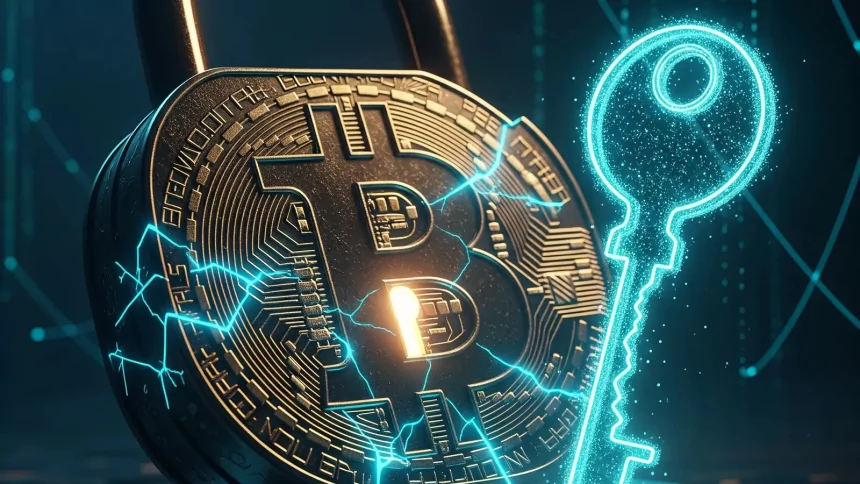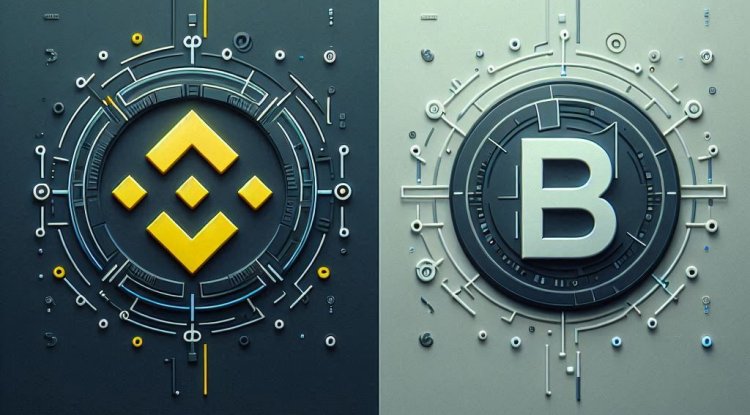Will Quantum Computers Break Bitcoin? The Real Threat, Explained
Quantum computing poses a real threat to today’s blockchain signatures. Discover the realistic timeline, the post-quantum solutions, and what it means for your crypto assets.

Let's start with a thought experiment. Imagine you wake up one morning, check your wallet, and find it empty. Not because you got phished or lost your seed phrase, but because a computer powerful enough to guess your private key just came online.
Sounds like sci-fi? For now, it is. But the threat of quantum computing isn't just hype cooked up to scare crypto investors. It's a real, long-term cryptographic challenge that puts a hard expiration date on the security we take for granted.
So, what's the real story? Is this a "sell everything" moment, or a distant problem we can ignore? The answer, as always, is more interesting than the extremes.
Crypto's Three Locks: What Quantum Actually Breaks
Think of your crypto's security as a vault with three different locks. A quantum computer can pick one of these locks easily, weaken another, but can barely scratch the third.
-
The Signature Lock (The Front Door): This is your digital signature (algorithms like ECDSA and BLS) that proves you own your coins. It relies on math problems that are impossible for normal computers to solve in reverse. This is the lock that Shor's algorithm, run on a quantum computer, shatters completely. This is the core threat to Bitcoin, Ethereum, and nearly every other blockchain.
-
The Hashing Lock (The Digital Fingerprint): This is the cryptographic hash (like SHA-256) that secures blocks and creates your addresses. Grover's algorithm gives quantum computers a speed-up, but it doesn't break hashing outright. It just means we need to ensure our hash functions are robust. The existing lock holds, it just needs to be a bit beefier.
-
The Encryption Lock (The Safe): This is symmetric encryption like AES, used in various parts of the ecosystem. Quantum pressure just means moving from AES-128 to AES-256 for a comfortable security margin. An easy fix.
The real bullseye is on signatures. That's the part of the system facing a true extinction-level event.
Blockchain’s Achilles' Heel: Your Digital Signature
The critical vulnerability happens the moment your public key becomes visible on-chain.
In a Bitcoin-style (UTXO) blockchain, your public key isn't revealed until you spend funds from an address for the first time. Unspent funds in fresh addresses are theoretically safer from a future quantum attack. Address reuse? That's a huge liability.
In an Ethereum-style (Account) blockchain, your public key is exposed as soon as you send your first transaction. Once it's out there, your account's future security is compromised in a post-quantum world.
This leads to the "store-now, forge-later" attack: a patient adversary can harvest every public key revealed on-chain today and simply wait for a quantum computer powerful enough to crack them years from now. By the time the threat is real, it will be too late for funds tied to those old keys.
So, When Is the Quantum Apocalypse? A Reality Check.
Let's be clear: breaking a 256-bit elliptic curve signature requires a massive, fault-tolerant quantum computer with millions of stable, error-corrected qubits. The machines we have today are noisy, experimental, and nowhere close.
A sober outlook puts this threat on a 10 to 15-year horizon. This isn't an immediate crisis, but it's not a problem for our grandchildren, either. It's a problem for us. And because migrating an entire multi-trillion-dollar ecosystem to new cryptographic standards takes years of planning, development, and adoption, the work has to start now.
The Post-Quantum Shield: Meet the New Guardians of Crypto
The good news is that cryptographers have been working on this for years. The U.S. National Institute of Standards and Technology (NIST) ran a multi-year competition to find and standardize quantum-resistant algorithms. We now have a clear path forward.
The new champions of post-quantum cryptography (PQC) include:
-
Signatures: Algorithms like CRYSTALS-Dilithium, Falcon, and SPHINCS+. They are based on different mathematical principles that are believed to be resistant to attacks from both classical and quantum computers.
-
Key Establishment: Algorithms like CRYSTALS-Kyber.
The trade-off? These new signatures are generally larger and slower than what we use today. The challenge for developers isn't just swapping one algorithm for another; it's about integrating these new, heavier schemes without bloating the blockchain and grinding transaction speeds to a halt.
The Migration Playbook: What Smart Teams Are Doing Right Now
This isn't a theoretical exercise. The most forward-thinking teams in crypto are already planning their transition.
For Protocol Devs:
-
Begin adding opcodes and precompiles for PQC signature verification.
-
Introduce hybrid signatures—a transaction signed by both a classic (ECDSA) and a quantum-resistant (e.g., Dilithium) key—for a smooth transition.
-
Design new address types for PQC keys and plan deprecation timelines for legacy accounts.
For Wallet & Custody Teams:
-
Make "fresh address per spend" the unshakeable default.
-
Start building support for hybrid signing schemes.
-
Educate users about the coming cryptographic shift and the importance of key rotation.
For You, the Investor:
-
Understand that this is a long-term risk to be managed, not a short-term panic button.
-
Favor projects and ecosystems that are transparently researching and developing their PQC migration plans.
-
Ask questions. How is your favorite L2 or DeFi protocol thinking about this? A team with a plan is a team that's serious about security.
The Bottom Line
No, a quantum computer is not going to steal your Bitcoin next year. The sensationalist headlines are just noise.
But the quantum threat to today's signature schemes is very real and has a non-zero probability of maturing within the next decade. To ignore it is irresponsible. The correct approach is to treat it like a climate risk for cryptography: a massive, slow-moving event that requires early, deliberate, and collaborative action.
The future of blockchain security isn't about finding one "unbreakable" algorithm; it's about building a system that is crypto-agile—capable of evolving and upgrading its cryptographic foundations as new threats emerge. The teams that understand this are the ones that will still be here in twenty years.
Share
What's Your Reaction?
 Like
0
Like
0
 Dislike
0
Dislike
0
 Love
0
Love
0
 Funny
0
Funny
0
 Angry
0
Angry
0
 Sad
0
Sad
0
 Wow
0
Wow
0














